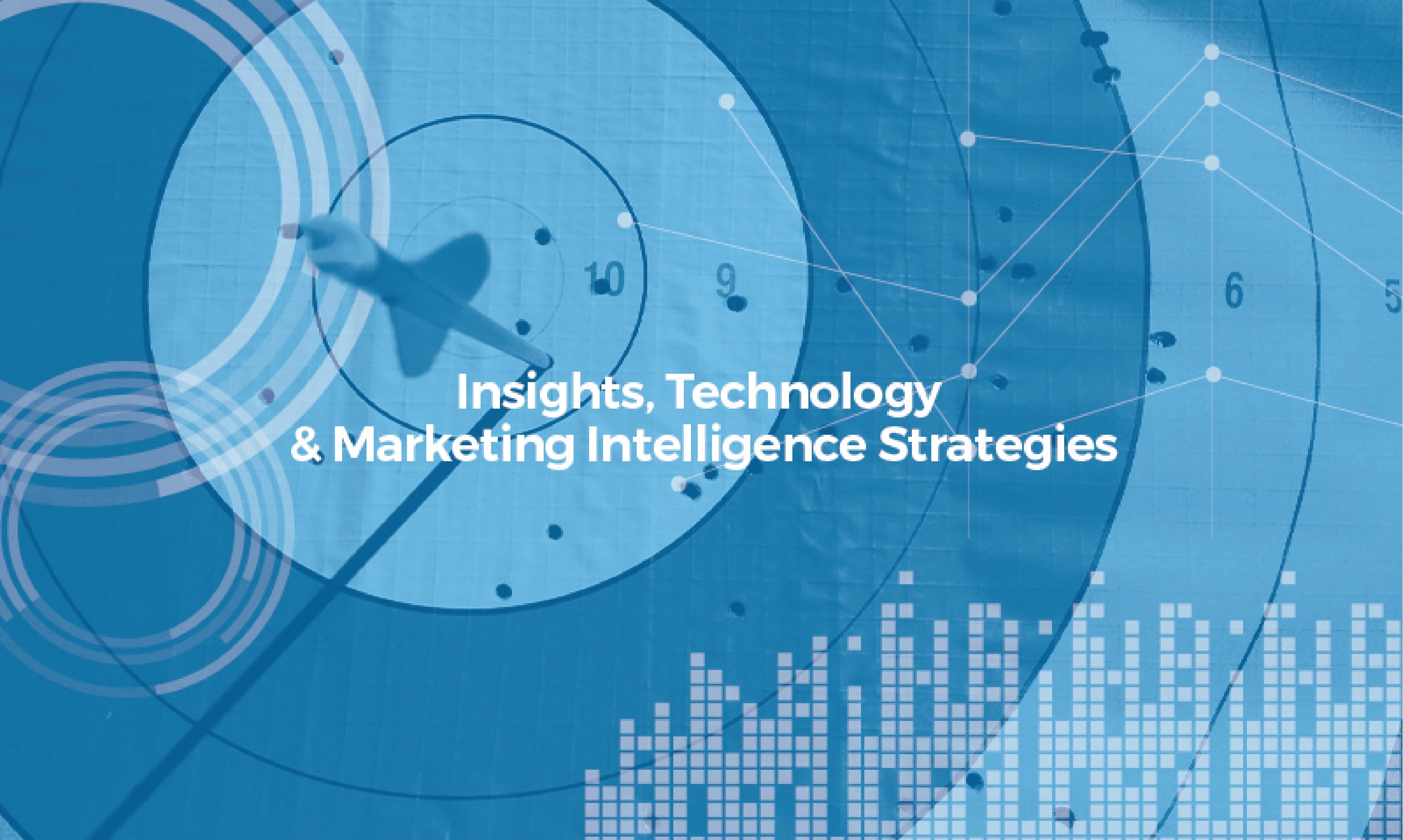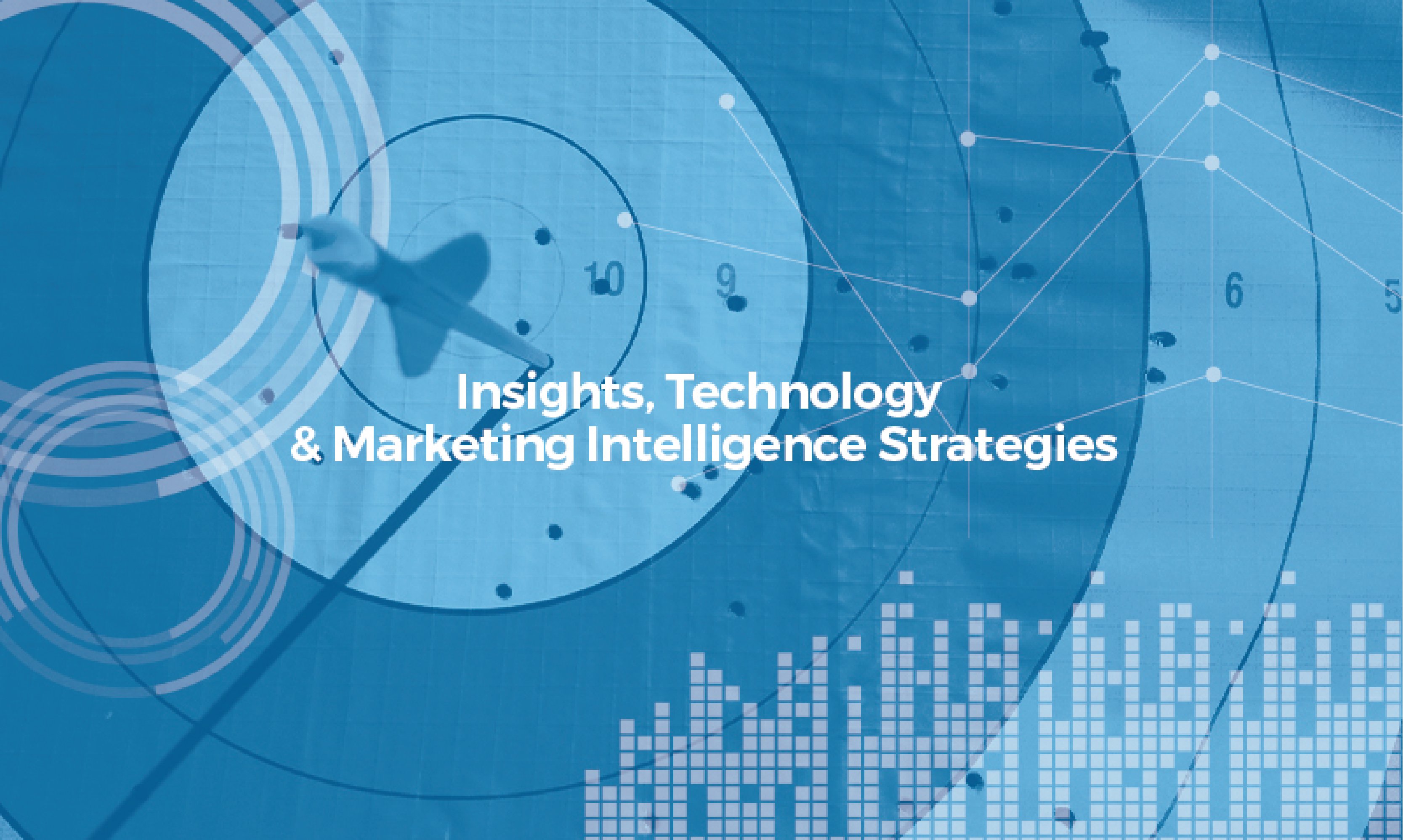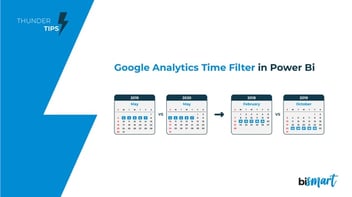Marketing data is under review and professionals in the area are challenged to redefine their roles to be influential in their companies.
It is undeniable that the playing field in the environment of marketing and marketing data is under review and professionals in the area are challenged to redefine their roles, their activities, and their agenda to be influential in their companies.

Better trained with consumer information and with more tools than ever before, professionals in this sector must become increasingly influential in a changing environment that demands a good balance between the short and the long term.
The breeding ground that feeds this context starts from the inertia of placing the customer at the centre of the company's decision-making processes and counts on data as a philosopher's stone. Managing the data, capturing it and using it to make better decisions in the creation of marketing data strategies accumulate a large part of the challenges of clients and students with whom I have been speaking recently.
From here we distill a series of strong ideas that are worth reflecting on for their relevance in building a disruptive and relevant strategy in relation to data in marketing and commercial areas. They are as follows:
- Have very clear marketing data objectives
- Work on metrics that matter
- Activate the voice of the consumer in the organization
- The Power of Insights
- Storytelling & Storydoing
- Invest and select Martech
- Visualization as an ally
1. Have very clear marketing data objectives
This aspect seems very obvious, but it should not be overlooked. Working with data implies having very clear marketing data objectives that we want to cover and for which we need to have information. Sometimes the objectives that are set when we want to put the customer at the center of our organization are more business than marketing data. This fact makes it difficult for us to be clear which information (which data) is really relevant to cover the business objectives. In this sense, increasing the level of engagement with the user or achieving better attraction rates are business objectives rather than marketing data objectives. In order to achieve these objectives we must set marketing data objectives such as, for example, to better understand the user's buying process, to know their expectations in depth, etc.
2. Work on metrics that matter
The phase of objectives and metrics go hand in hand. If we have set the objectives well our metrics will be clearer. The metrics chosen must be relevant and have an impact on the organization. In fact, Hubspot, in an article by Sophia Bernazzani, bets on defining a series of metrics relevant to CEOs, with a clear quantitative cut that, from my point of view could be augmented by some qualitative metrics that we should also take into consideration. We are talking about issues such as the level of attention to consumer needs or level of satisfaction. You could say that metrics such as Lifetime Value already collect them indirectly, but giving them independent relevance can help us identify highly relevant customer insights to improve our conversion ratios. It's not about working with untraceable or overly conceptual metrics, but simply having a set of metrics that explain market and customer behavior from a qualitative and quantitative perspective.
3. Activate the voice of the consumer in the organisation
Given the relationship that consumers want to establish with brands, much more bidirectional and collaborative, we must assume that the voice of the consumer must be one of the pillars of marketing data strategies and an indispensable source of data capture. One of the most useful exercises for valuing the voice of the consumer is the customer journey. Betting on obtaining detailed information about its relationship process with our offer (product or service) allows us to draw conclusions about each one of the commercial phases and the delivery of value. Why are we known? What attracts the attention of our proposal? What we offer is interesting? What are the efforts that a consumer must make to buy from us? Why don't they buy from us? Can the relationship experience with our brand be better? How?
Putting the consumer at the center of the organization and giving them a voice, involves dedicating resources to knowing the journey they experience when they relate to a brand. As an example, we can observe the active listening system proposed by Qualtrics to know and identify insights throughout the customer's life cycle.
4. The power of insights
The ultimate purpose of any marketing data strategy is to identify insights in the data that will later integrate them into the company's strategy to differentiate us.
Not every data, nor every finding is an insight. These must have a series of characteristics to be considered as such:
- They must be the key to solving a pain point or consumer effort.
- They must be mobilizers.
- They must add value to the organization.
- They must lead to decision making.
In short, insights are deep and valuable findings that come from market analysis and that we can find both in the data that the organization already has capitalized or in external data sources. Organizations focused on the identification and management of insights will be more prepared to solve customer problems and develop relevant content.
5. Storytelling + Storydoing
In absolute communion with the insights and riding on them emerges the concept of brand purpose and storytelling to generate positioning and dynamize the consideration of purchase. The construction of narrative is essential in the environment of brands that have in their roadmap prioritize their customers by establishing an open conversation with them, betting on transmitting their purpose and a deliberate intention to understand them and meet their needs.
Nowadays, more and more voices are emerging, among them Ty Montague's, who promote that storytelling should be accompanied by storydoing strategies that generate greater impact with facts. That brands establish data exploitation strategies in search of insights to make branded content and not to build better experiences or new products, limits their ability to impact on other phases of the funnel such as repetition and recommendation. Along these lines, companies such as Warby Parker, Red Bull, Domino's Pizza or Ayuda en Acción bet on putting their stories into practice. In this way, marketing data strategies must consider the data and obtaining insights as an excellent bridge for building go-to-market actions that deliberately convey the purpose of the brand behind it.
6. Invest and select Martech
If we pay attention to the budget distribution charts currently established by the CMOs according to Gartner, we can see that much of the challenge for marketers is to choose the relevant data sources to integrate into their marketing system. And obviously this challenge will pivot on technology.
Marketing departments have at their disposal an infinite number of technologies, as we can see in Martech 5000, aimed at obtaining data that will allow them to improve their strategies throughout the client's life cycle. These technologies meet a wide range of objectives ranging from sales process optimization, conversion, content generation and impact measurement.
And although the dynamics of investment in Martech are growing and omnipresent, it will be essential to know how to choose well. Not everything is a matter of technology. The tools chosen must be aligned with the strategy. Without a clear vision of what the strategic objectives of the marketing and commercial area are, it is very likely that mistakes will end up being made in the incorporation of technology. Only if we know well who our buyer is, our positioning proposal and the desired value proposal, will we be prepared to define the technological tools with which we are going to obtain the best yields and value from the data.
7. Visualization as an ally
Finally, and abounding in technology, we must not forget the powerful role played by analytical and visualization tools. The possibility of combining different data sources in order to identify insights that improve business decisions make these solutions a key element for any company that aspires to compete from the agility and use of market data.
Building content and experiences, attracting customers and nurturing the relationship with them, in short, focusing a company towards a consumer centric vision, requires analytical function and visualization, although, again, strategy will be key. Having a high analytical capacity without fine-tuning towards where it is focused will never be profitable. Having a clear vision about what the critical business indicators are and what kind of data will be essential to set KPIs requires integrating the business vision as the starting point of any data visualization and analytical process.
For more information on this topic see the following post:
In short, we are living an exciting era in the areas of marketing and marketing data in which the possibilities of CMOs are as great as the challenge they face. The data and the strategies based on them can be your best asset when it comes to applying disruptive policies and influencing your organizations. There is no time to lose.
Borja Martín | Head of Data Strategy & Insights



